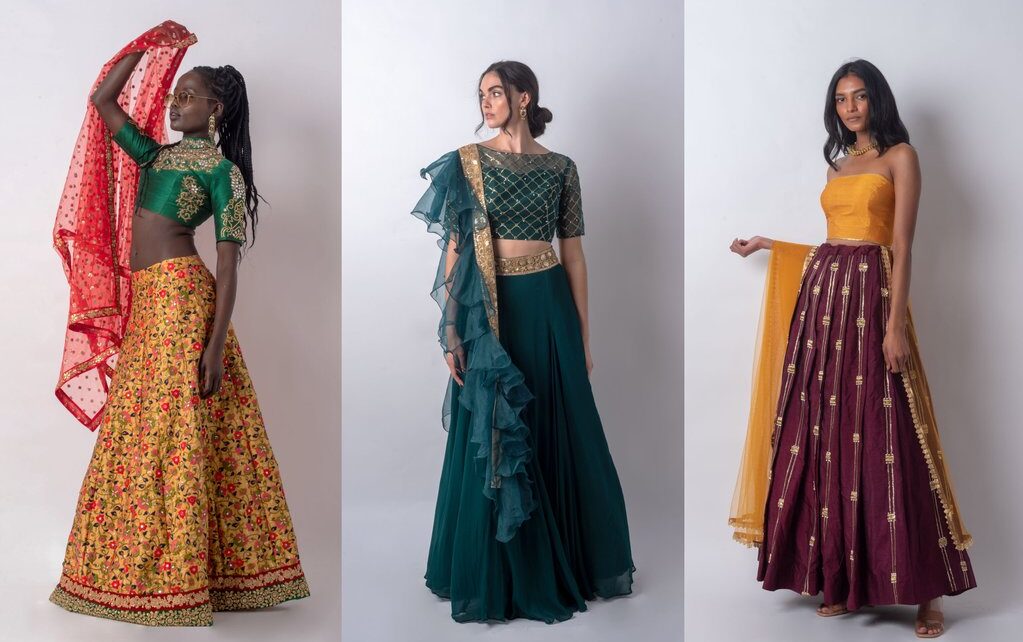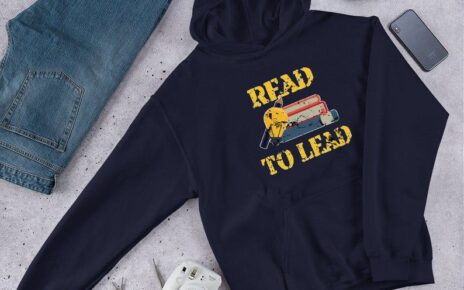Introduction
Shopping for clothes is generally a delightful experience. The clothes that people buy add fun to festivities, boost their self-confidence and even motivate them to shop again. But it isn’t easy to shop considering the myriad of options available. According to Mark Roemer Oakland, many people need help when shopping for a rewarding experience.
The Considerations
Here are a few things that you need to consider when shopping for clothes:
- Cost- You should have a budget ready in your mind before shopping. This will help you filter out clothes you may not be able to afford. The budget needs to be matched with the quality of the clothes you want to buy, and the price tag attached to them. Note that clothes are priced according to the brand, their quality, and the material used to make them. When on a tight budget, discounts and promotions can be pocket friendly.
- Trustable shop- Not all shops can do justice to your choice, taste, sense of fashion, and budget. Shops that have previously satisfied your shopping needs and have a reliable online and offline presence are recommended for a revisit.
- Size- Know your body measurements for the type of garment you want to buy. Refer to the size chart for a perfect body-cloth match. Do not fall prey to vanity sizing, that is, size inflation taking place when a ready-to-wear garment of the same nominal size becomes bigger in physical size over time. Nowadays, most brands seem to develop their sizing systems. So, experiment with different sizes and select the one that fits the best.
- Quality- You can determine the quality of the clothes from the texture of the fabric used and their workmanship. The texture is the body and surface of the fabric. Use your sense of touch and sight to determine whether the fabric is comfortable, soft, or pleasing to the eyes or not. It is a smooth fabric that hides figure irregularities and looks attractive on most figure types.
Workmanship stands for quality aspects such as an adequate and even seam allowance, small machine stitches, and correctly placed darts. Consider properly knitted and stitched buttons and make sure that the buttonholes are evenly spaced and correct in length.
- Lines- Lines in clothing represent the dimensions of length and width. They can create shape and form in enclosed spaces. Clothes with vertical lines can make you look smaller and those with horizontal lines can make you look wider and shorter. Diagonal lines make you look taller or shorter.
- Color- Color is an important factor while selecting the clothes you want to buy. Light, warm, and bright colors can make you look big, while dark and dull colors can make you look small. Darker shades of colors like blue and black color can make you look slim and elegant.
Conclusion
Mark Roemer Oakland suggests you consider the factors mentioned above before shopping to make it a satisfying experience. These things can save your time, money, and energy even during a shopping spree.





